First Day of the Trip!
Beginning on Friday, November 16, our class drove 5 hours southward to the Rio Grande Valley, where we camped out at Bentsen-RGV State Park. As we arrived in “The Valley,” we noticed the sabal palms that were planted throughout the region. We later learned that they were a non-native species that were planted to achieve an exotic aesthetic to attract early settlers. After several of us set up camp, we eventually all met at Clarissa’s family ranch, where they were kind enough to serve us a delicious dinner. Our whole class feasted on pozole, mole, homemade tortillas, and tostadas. We then returned to Bentsen-RGV for a good night’s sleep, despite the howling coyotes!
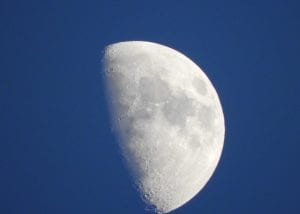
We were lucky enough to camp at Bentsen-RGV Park for two nights! Around midnight, coyotes were howling at this beautiful sight. Photo by Shirley Ochoa.
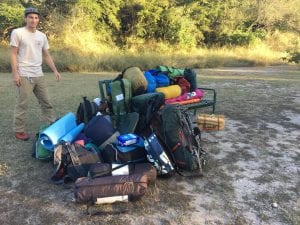
All of our gear! Thanks to the Bentsen-RGV staff, we got our gear quickly to our campsite. Photo by Shirley Ochoa.
Our Day at Santa Ana Wildlife Refuge
After a quick breakfast the next morning, we drove about 20 minutes to the Santa Ana National Wildlife Refuge, where we met with Mr. Raul Garza of the U.S. Fish and Wildlife Service. Mr. Garza explained the intriguing story of the refuge and the impact that human development had on the land. Unfortunately, about 95% of the habitat was lost due to agricultural and urban development. This threatened the existing wildlife, which caused the federal government to purchase the land from private owners to employ restoration efforts. However, these restoration efforts have been slowed during the current administration.
Throughout the tour, we were able to stop and observe several interesting bird species such as Ringed Kingfisher, Snowy White Egret, Golden-fronted Woodpecker, the Western Kingbird, and the Great Kiskadee. We also saw nutrias, which are invasive rodents were brought from South America as an alternative to beaver pelts. Another invasive species that we came across was Guinea grass, which was introduced to use as fodder. However, ranchers soon realized that the grass was indigestible for their cattle.
The refuge is managed by the U.S. Fish and Wildlife Service, which has recently focused more heavily on the involvement of youth in outdoor recreation, including hunting and fishing. The lack of environmental education within the surrounding community has facilitated the loss of habitat, which is the central concern for managers like Raul Garza. He stressed the importance of encouraging the community to take part in outdoor activities, instead of fearing the misunderstood aspects of nature.
In terms of maintenance of the land, Garza explained the importance of mowing the land to prevent overgrowth. This mimics grazing, which would be otherwise done by cattle. Without the proper maintenance of vegetation, the land would be unsuitable for the wildlife. Despite the importance of fire for certain ecosystems, prescribed burns are often avoided in Santa Ana due to the fact that the dry grasses burn too quickly, which becomes difficult to control.
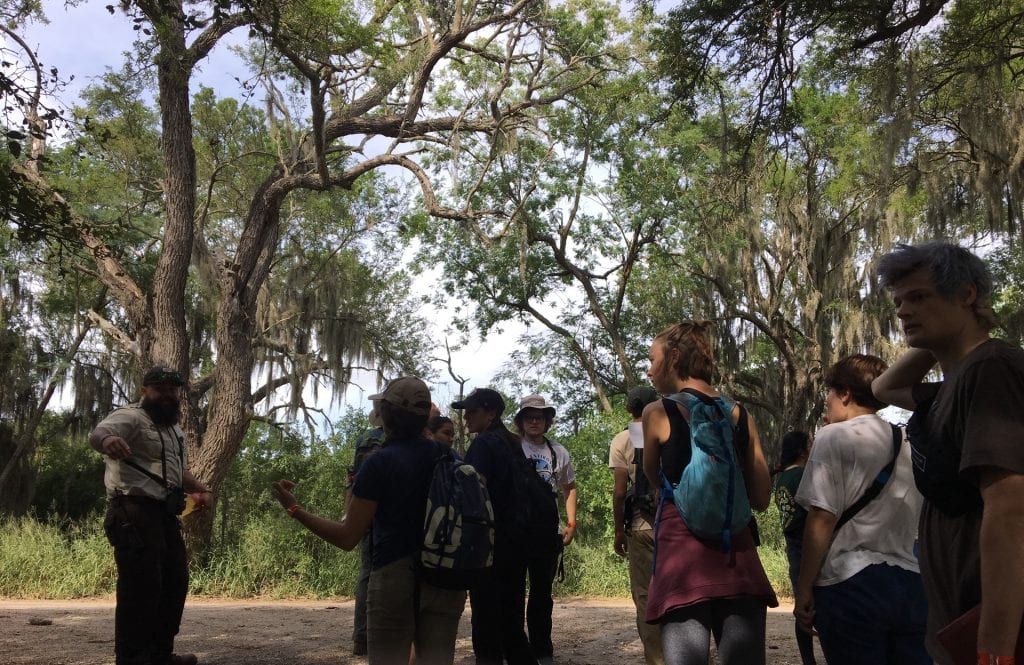
Raul explaining to our group guiding us through the trail and telling us about Spanish Moss. Photo by Shirley Ochoa.
We continued our walk through a beautiful canopy of trees covered in Spanish Moss. Contrary to its name, this plant is not a moss nor is it from Spain. We learned that many of the trees were covered in it because it only takes one piece of it to land on a tree for it to grow bountifully. Throughout the trail, we also saw a tree asp caterpillar which we then learned was venomous, so we avoided touching that! Then, Raul showed us one of Texas’ only nocturnal birds, the Eastern Whip-poor-will. This bird had some of the most impressive camouflage we had ever seen. Although we were standing right in front of it, it took us a little while to actually spot it because of how well it blended in with the leaves and twigs on the ground. We ended the afternoon at the gift shop where we were able to buy t-shirts, birding books, and pins as souvenirs.
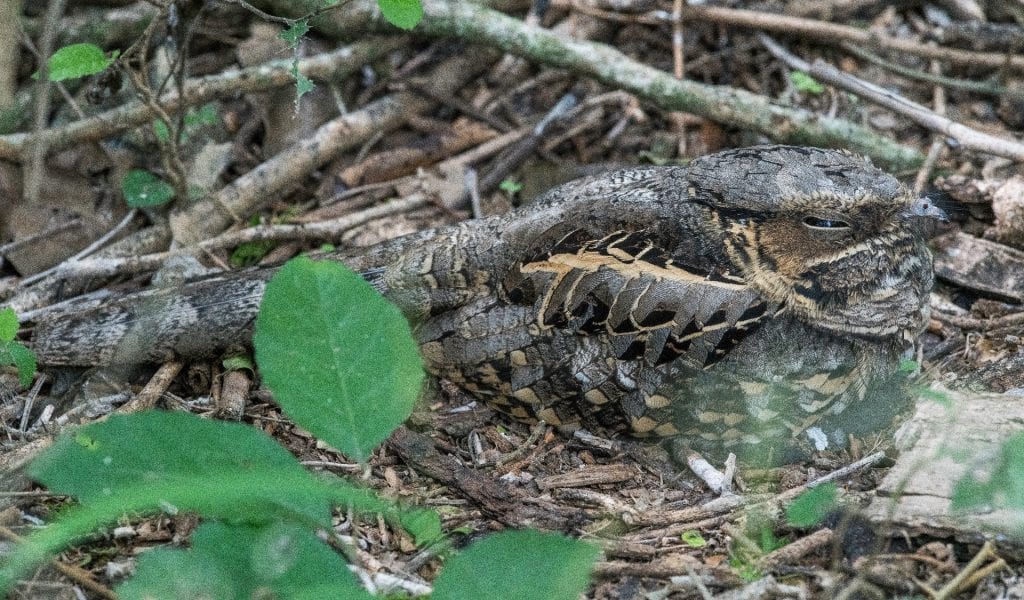
An Eastern Whip-poor-will sleeping. This nocturnal bird has incredible camouflage. Photo by Jon Brooks.
On the road back to Bentsen-RGV State Park, Dr. Beck and Dr. Concilio noticed something on the road that looked unfamiliar. Like in old police-chase movies (though very safely and not actually going over the speed limit), Dr. Beck made a U-turn to see what it was. It turned out to be a bobcat had been hit and was left on the edge of the road. After we realized what it was and felt sorry for the poor guy, we continued the drive to our campgrounds. This added to our adventurous time in the Rio Grande Valley. That night, Dr. Concilio and some awesome classmates prepared a lovely vegetarian dinner for all of us! We had rice, beans, cheese, chips, and salsa along with a stirfry of bell peppers and onions. Afterward, we ate s’mores and had an insightful discussion about wildlife refuge management through international borders. In this discussion led by Dr. Beck, we talked about potential ways two (or more) nations could work together in managing wildlife corridors that ignore political boundaries.
Our Morning at Bentsen-RGV State Park
The next morning, some of our class went on a bird walk with Dr. Concilio and Dr. Beck. Although it was a cloudy morning, we were lucky enough to see two hawks. We later learned that they were adult and juvenile Gray Hawks! After our walk, we met with Roy Rodriguez, one of the top birders in Texas who also works for the Texas Parks and Wildlife Department. A very enthusiastic volunteer birder also joined to help Roy identify the species and show us around the park. Known as The World Birding Center, Bentsen- RGV allowed us to observe several interesting bird species such as the ringed kingfishers, the Altamira Oriole, green jays, and plain chachalacas. Bentsen-RGV Park and the Santa Ana Wildlife Refuge are each home to over 400 out of the 914 recorded species of birds in North America.
Time to pack up and head back to Austin!
After our time with Roy, we packed up our gear into the van and the other two cars. This field trip was so special for many reasons. First of all, we were welcomed to the Rio Grande Valley with such love and generosity. We had a lovely time with Clarissa’s family and were grateful for the warm pozole and mole on such a brisk evening. Second of all, we had the opportunity to meet with two very important people of our nation’s parks: Raul and Roy. The U.S. Fish and Wildlife Department and the Texas Fish and Wildlife Department are lucky to have such knowledgeable and passionate leaders that serve our parks and the community. A special thank you to Dr. Concilio for organizing this trip from the very beginning of the semester and continuously working to make this trip amazing. Other special thanks to Dr. Beck, Jack, and Andrew for getting our entire class safely to and from the RGV. This trip was filled with awesome people that we’re glad to have shared this experience with!
Written by Jess Achivida and Shirley Ochoa Photos by Jon Brooks and Shirley Ochoa

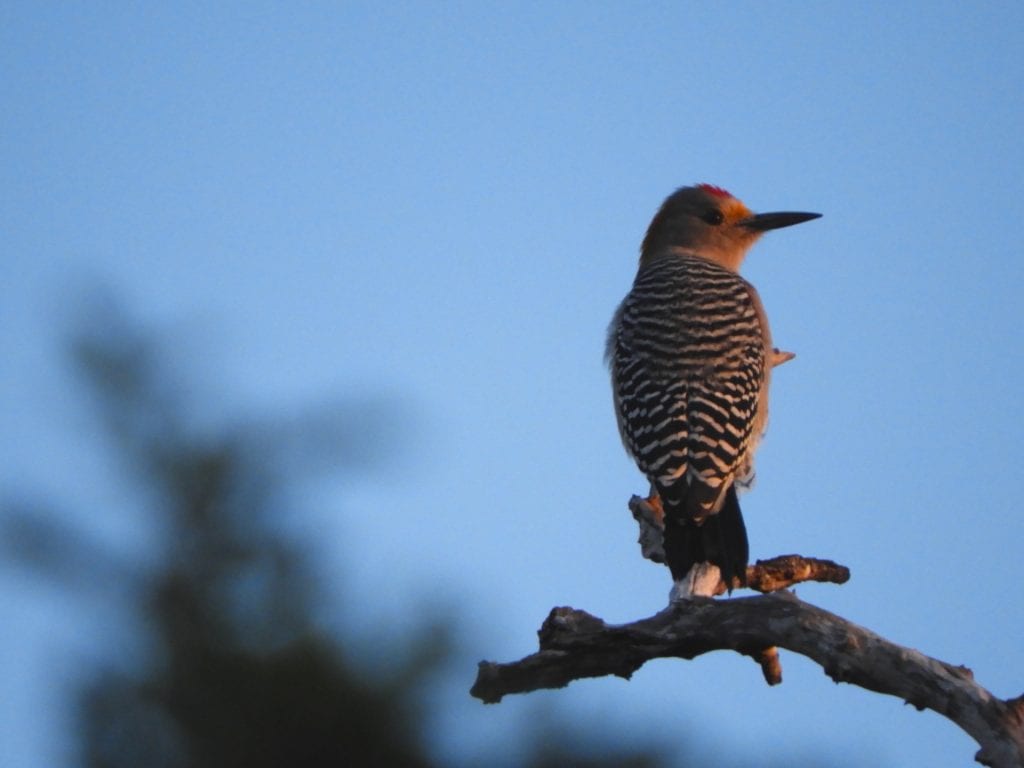

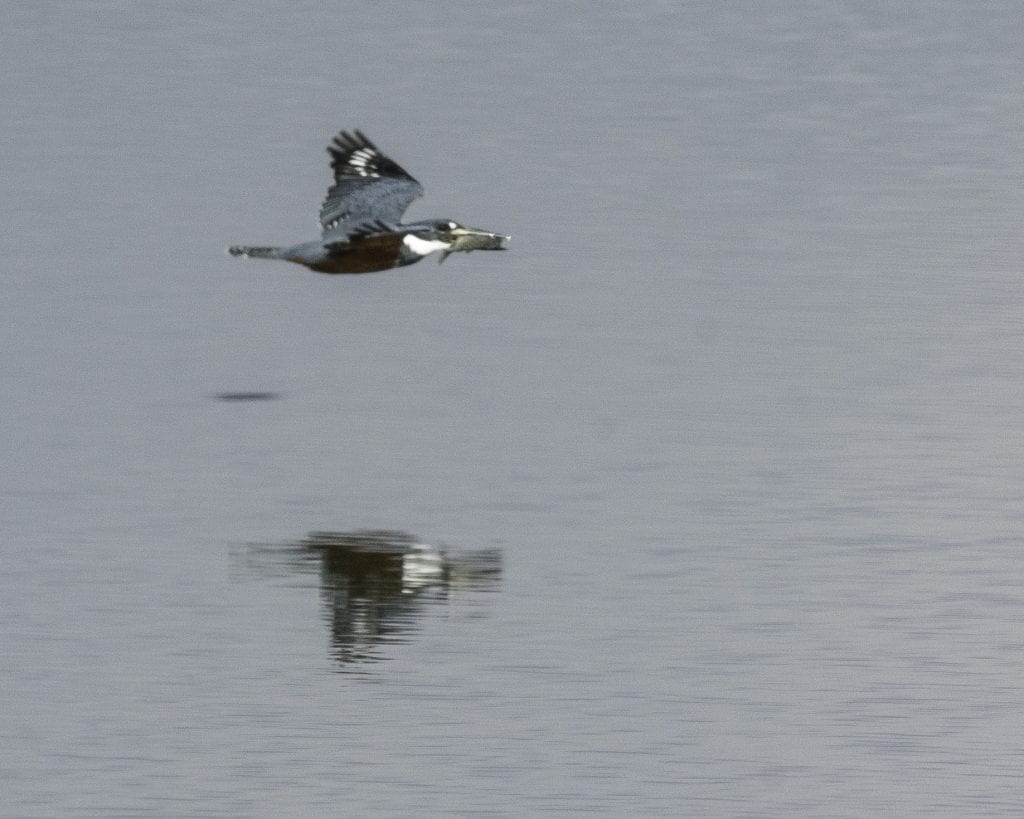
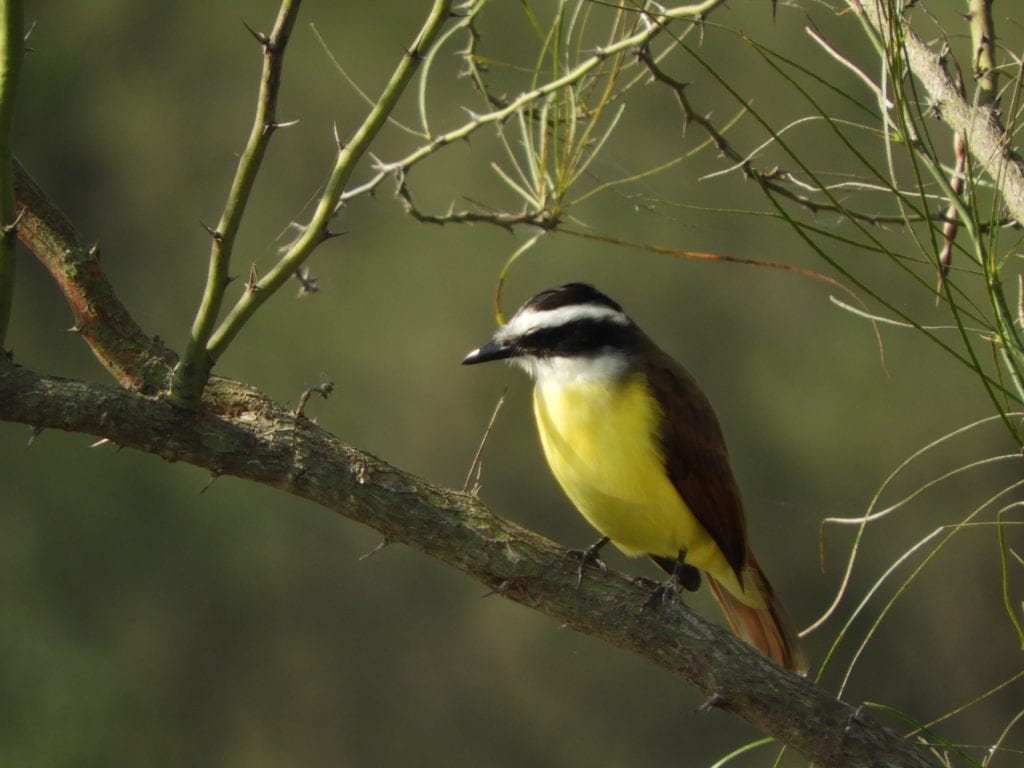
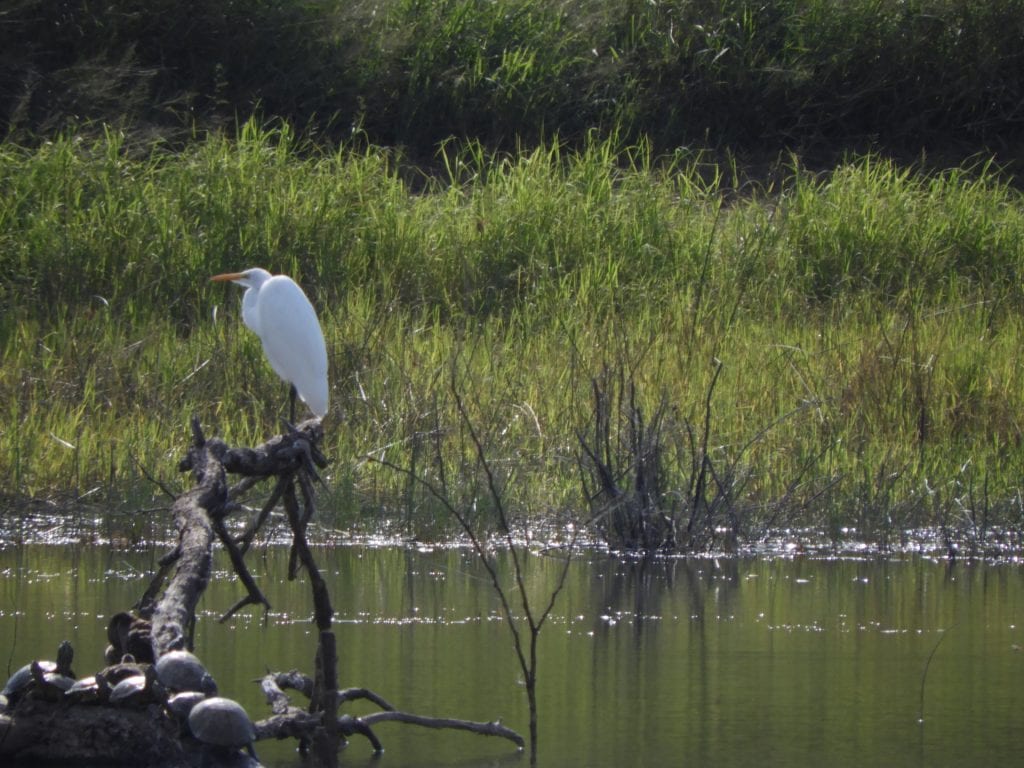
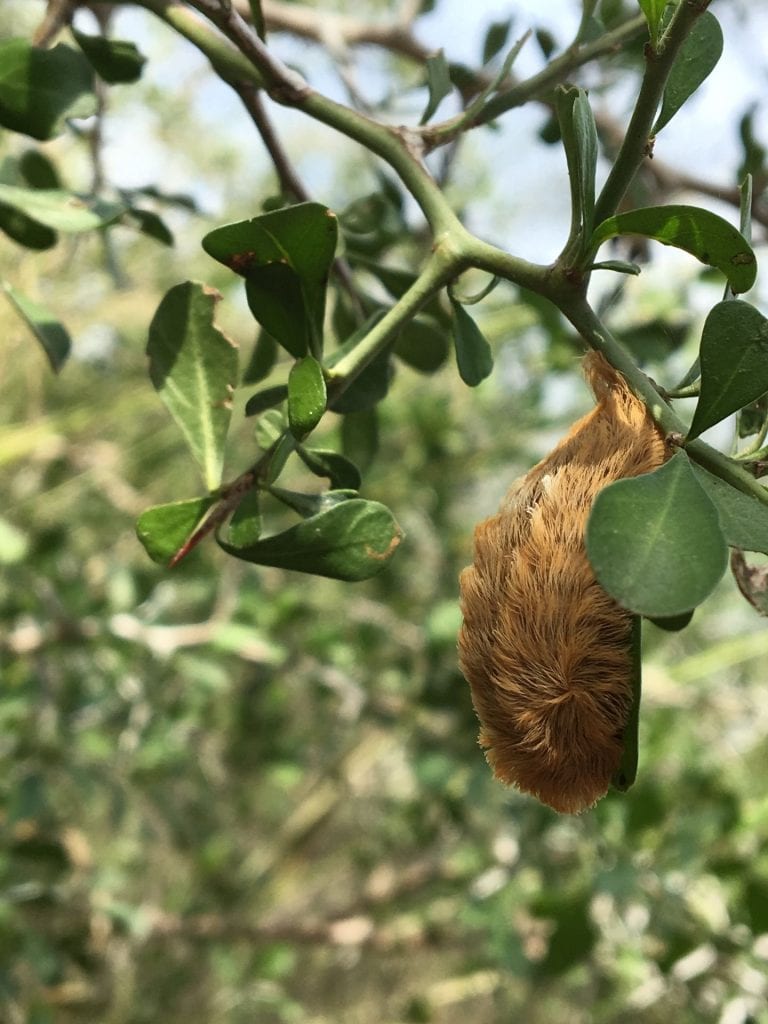
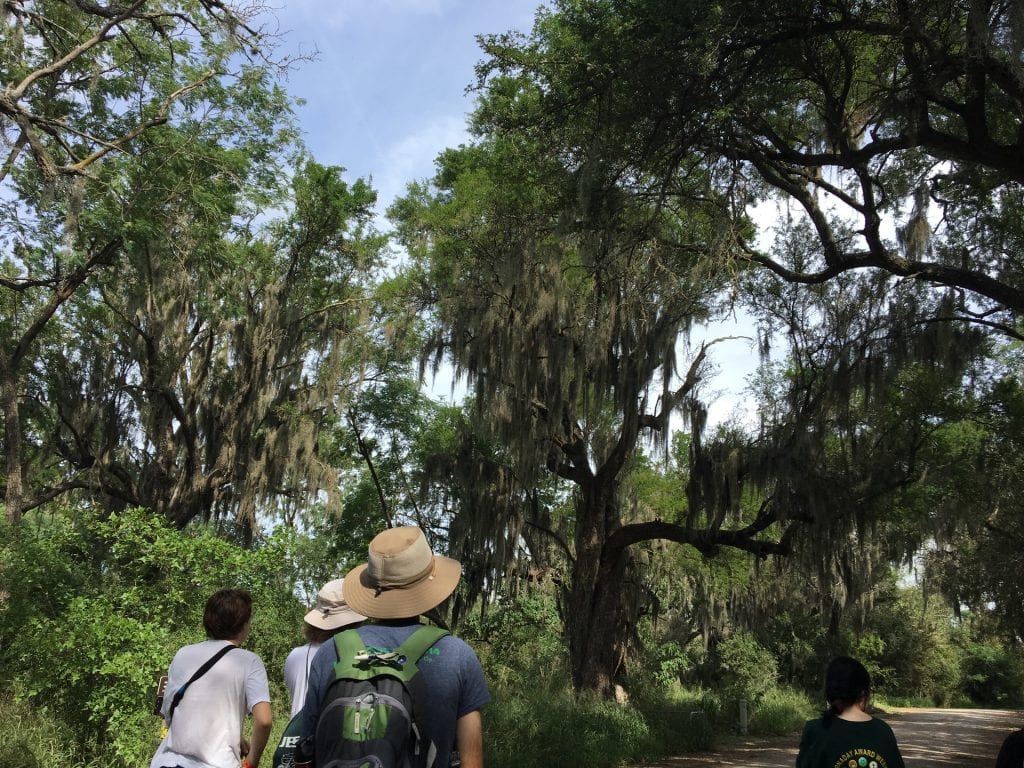

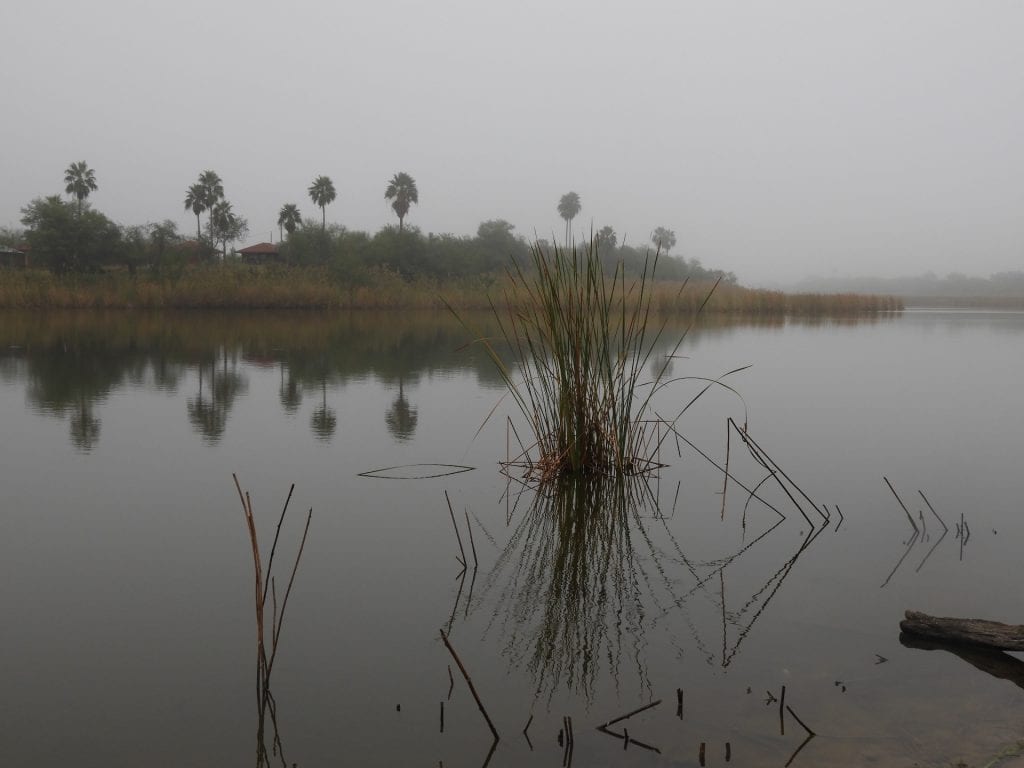

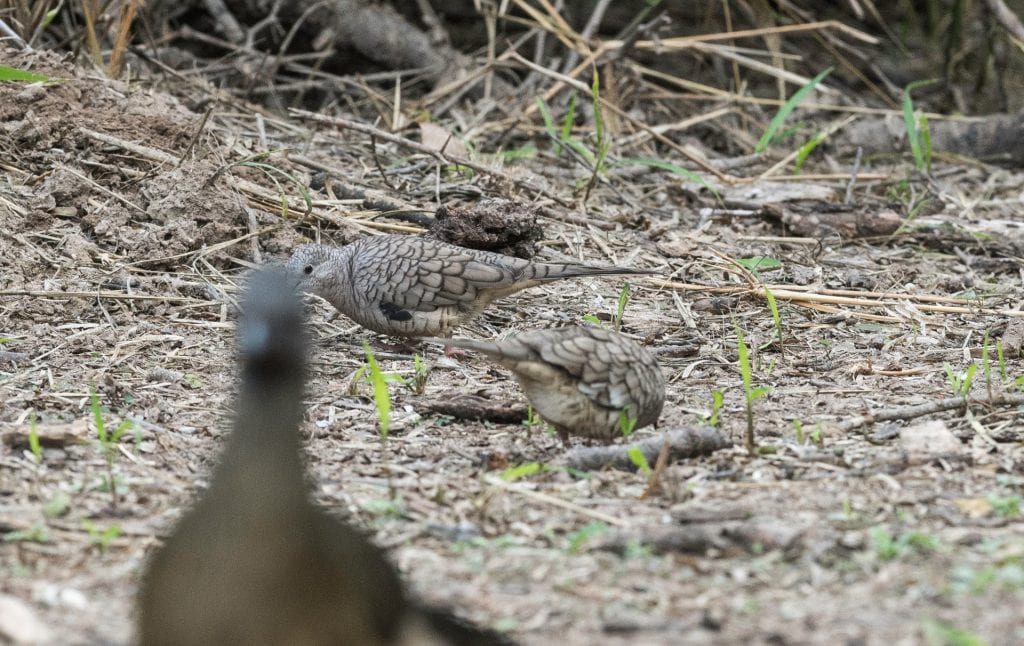
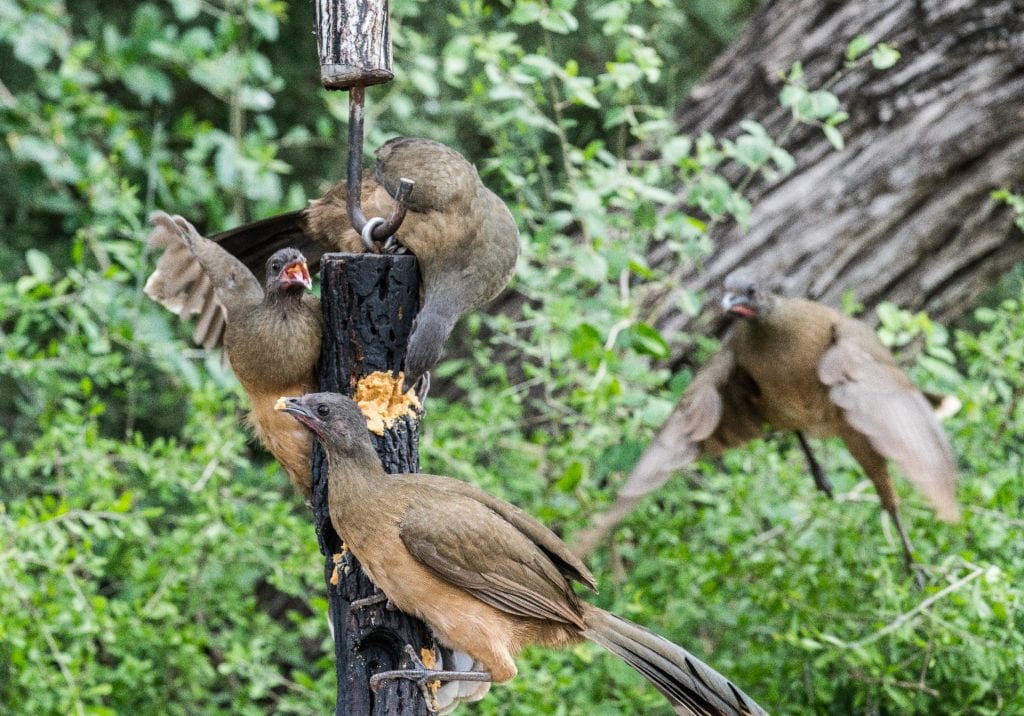
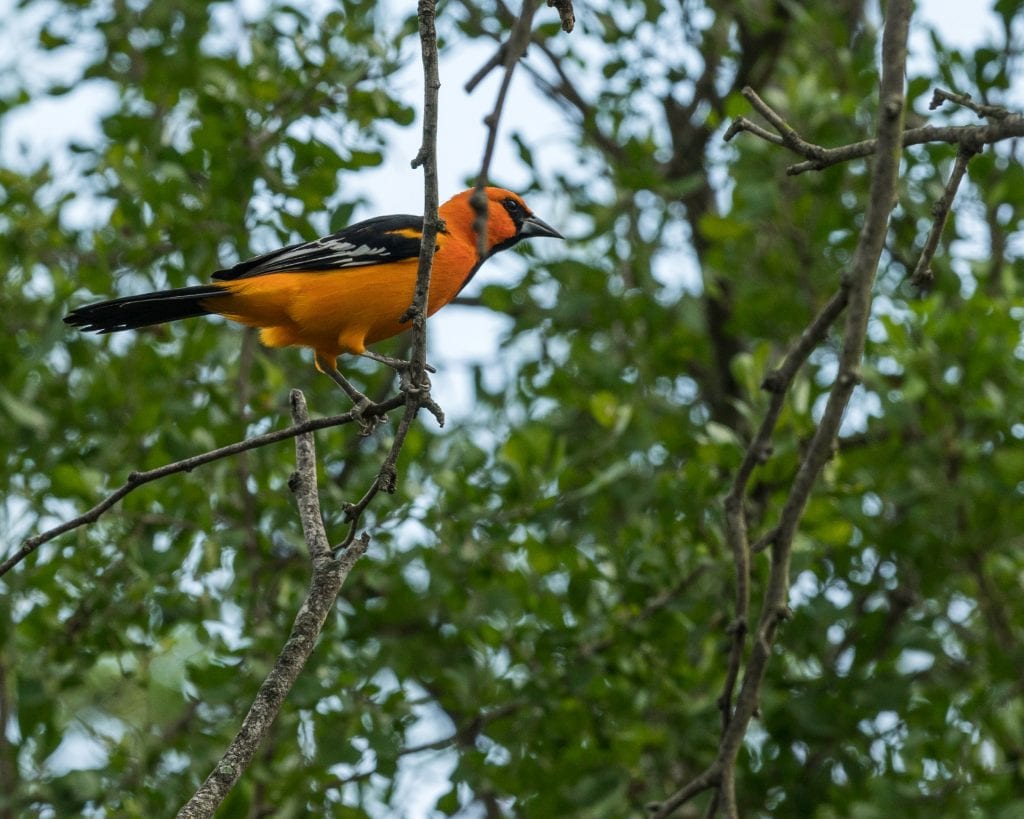
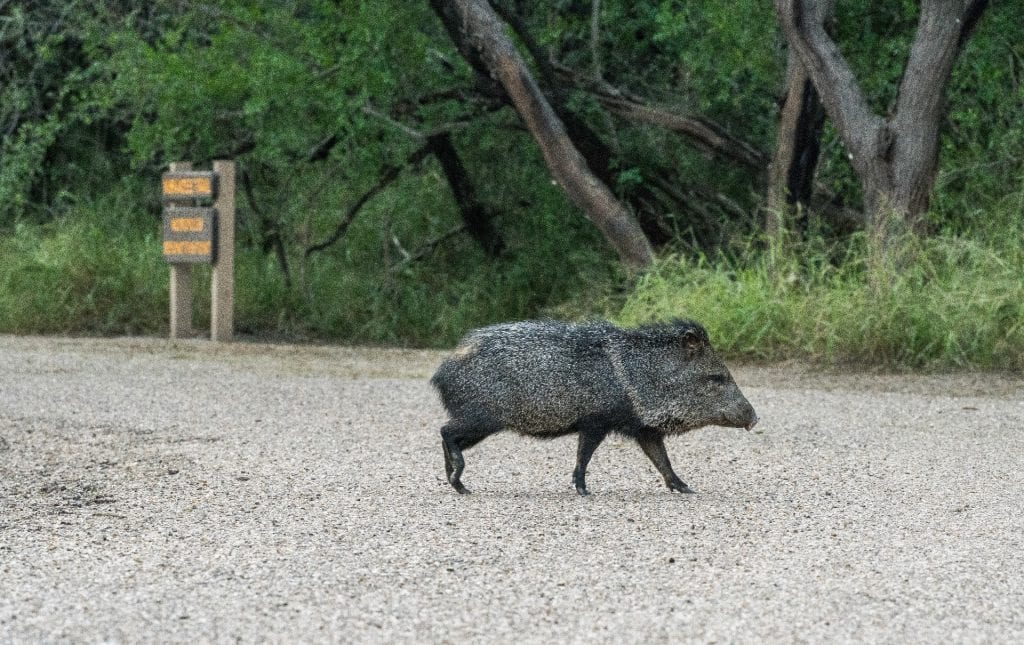
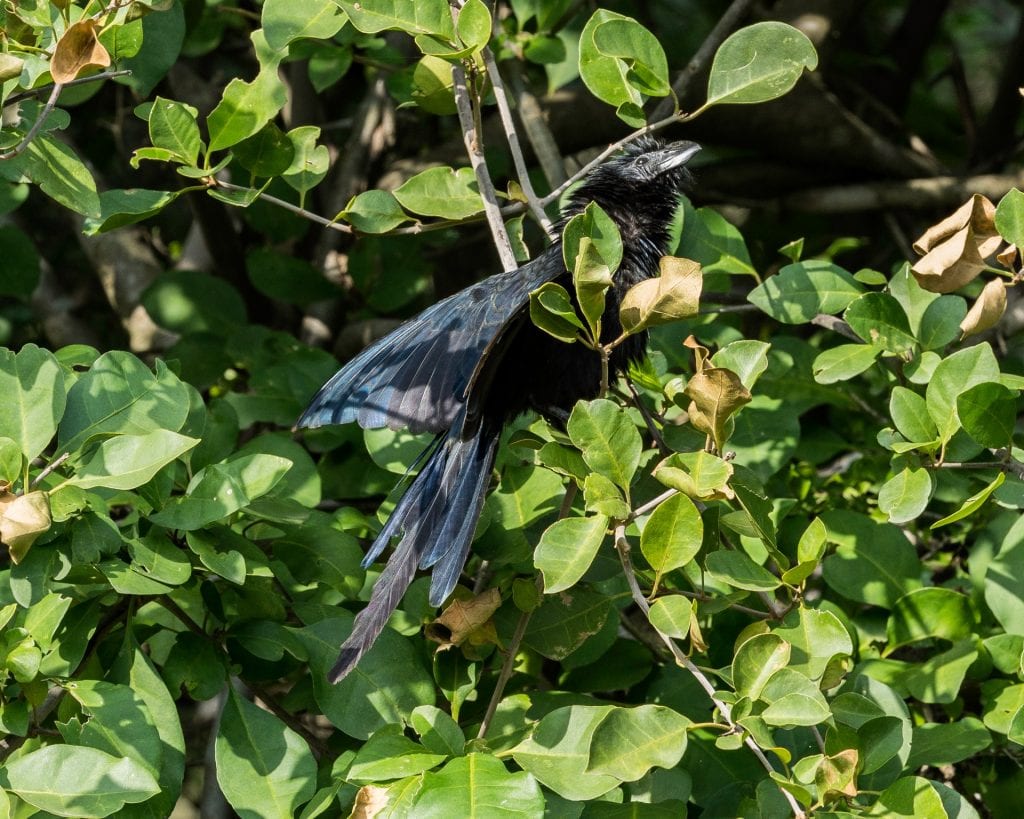
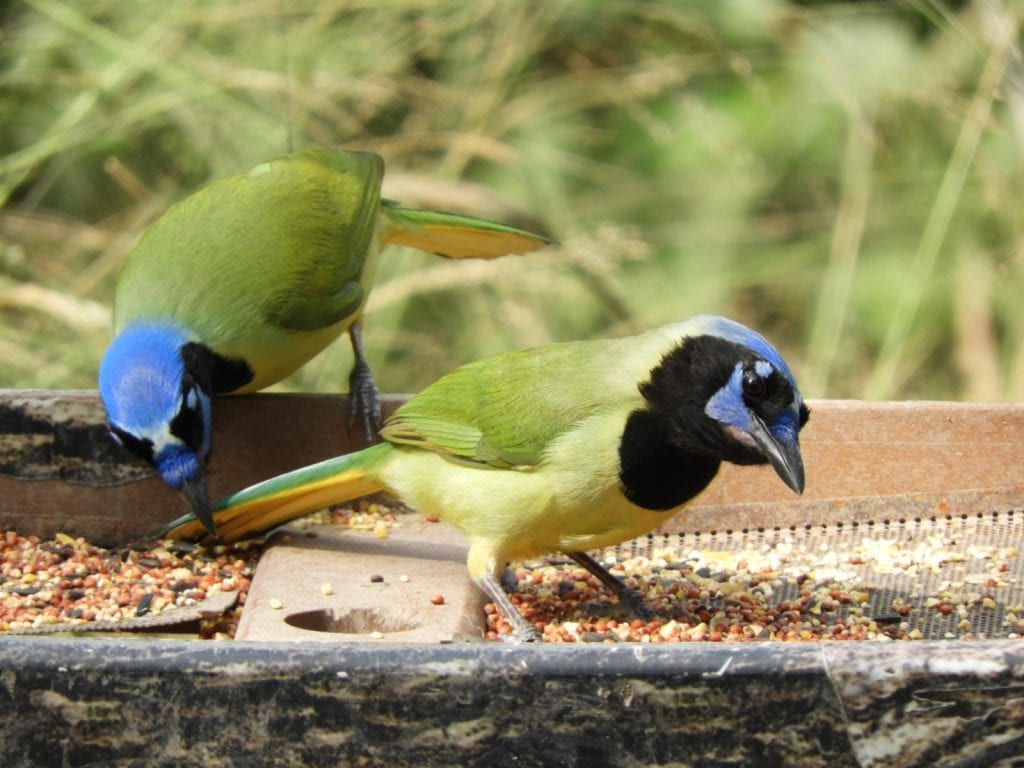
Leave a Reply